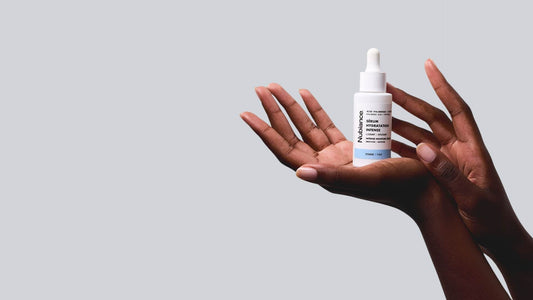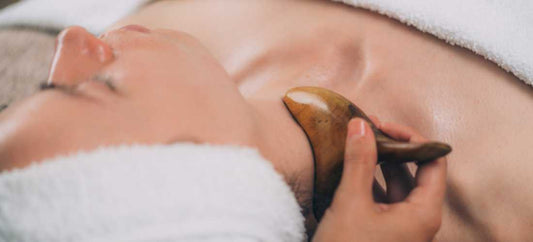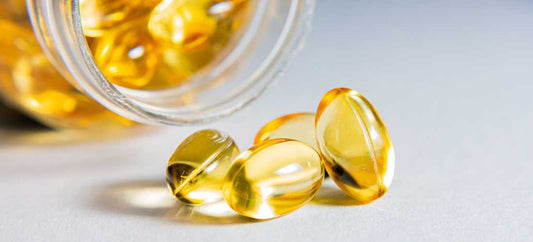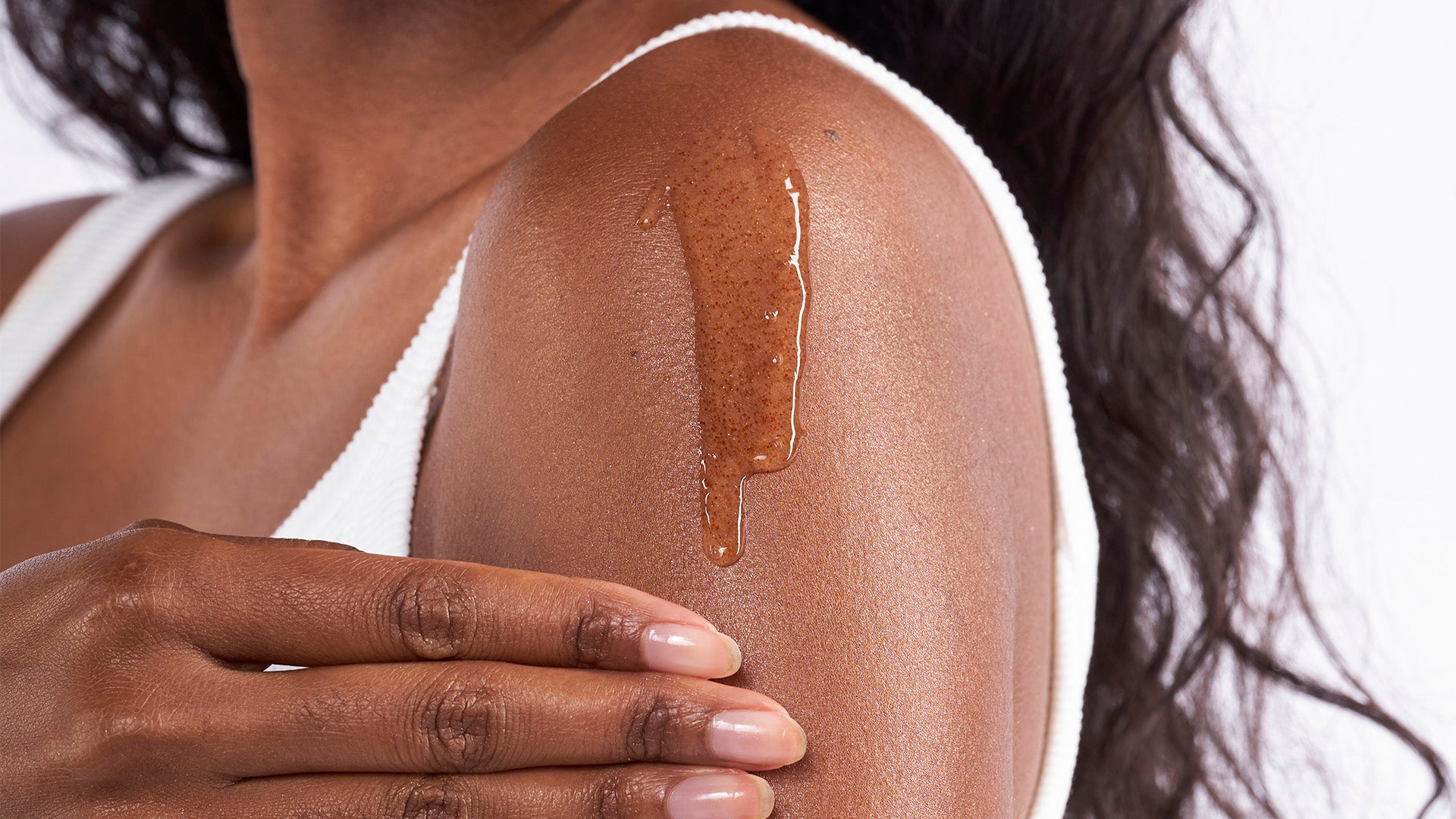
Black skin: hyperpigmentation and depigmentation
Partager
Some parts of your body are darker or conversely lighter than the rest? You may be suffering from hyperpigmentation or depigmentation of the skin. This skin problem particularly affects black and mixed skin and can appear at any age. Even if they are benign , these conditions are unsightly and can impact our social, personal and professional life. The Nubiance team reveals all about hyperpigmentation and depigmentation of black skin in this article!
Hyperpigmentation and depigmentation: definition
Skin color comes from the pigment called melanin. Nubian skins produce more melanin than Caucasian skins. Sometimes this melanin level is higher in a localized area, resulting in what is called hyperpigmentation . This part of the skin is darker than the rest resembling small brown spots. These spots are generally noticed on the face, neckline, arms and hands, in short on the areas most exposed to the sun.
There are several types of pigment spots , which you will recognize by their shapes and colors:
- Solar lentigo or lentigine or even age spots which are brown spots caused by excessive exposure to the sun. Lentigo can appear at any age. In contrast, age spots are a late reaction to overexposure and only appear around age 60.
- Melasma or pregnancy mask is more related to hormonal changes and often appears either during pregnancy or because of taking contraceptives. When in such a situation, you expose yourself more to the sun, the brown spots are more marked.
Conversely, it may happen that we produce less melanin than we need. This is due to the fact that the cells producing this pigment have deteriorated and no longer function properly. On areas where the melanin level is low , there is a discoloration of the skin . It is then lighter than the rest of the skin, creating a fairly obvious contrast. Without any pigmentation, these areas can be completely white. This discoloration phenomenon is also called vitiligo .
As for hyperpigmentation, this disorder is benign and it is easier to alleviate than when one suffers from depigmentation. But if you notice that the infected area changes color, shape or size, you should consult a doctor or dermatologist.

What causes hyperpigmentation?
Hyperpigmentation is mainly due to excessive sun exposure. Although the sun's rays are beneficial for health, in excess they become harmful. Thus, faced with this overexposure, the skin tries to protect itself by producing more melanin. However, we do not always manage to manage this overproduction well as the distribution of the coloring pigment becomes irregular.
Apart from that, certain factors promote the appearance of pigmentation spots, such as:
- Skin trauma : scars, burns, cuts, acne, etc.
- Certain drugs and cosmetics
- Hormonal changes
What causes depigmentation?
Unlike hyperpigmentation, skin discoloration is characterized by white patches or lack of color . In fact, people affected by this infection simply no longer have melanocytes or cells that produce melanin. Also called vitiligo, this discoloration usually appears on the face, hands and feet.
Depigmentation of the skin mainly affects people with autoimmune diseases such as lupus and alopecia areata. It should also be noted that this affection can come from family antecedents.

How to prevent these skin infections?
The best way to prevent hyperpigmentation is to avoid excessive exposure to the sun's rays, especially when they are most harmful, that is to say between 10 a.m. and 4 p.m. As much as possible, avoid going out when the sun is at its peak, between noon and 2 p.m.
When you go outside, always remember to apply sunscreen , especially on areas exposed to the sun. Nowadays, many moisturizing or nourishing creams that you apply during the day already contain a sunscreen.
On the other hand, it should be known that there are not yet means to prevent depigmentation. Vitiligo can appear suddenly or gradually on the skin. In any case, it is always advisable to protect yourself against the sun since discolored skin no longer has any natural protection against ultraviolet rays.

The best treatments for hyperpigmentation
There are different ways to deal with hyperpigmentation spots. It's true that you can camouflage stains with makeup, but we offer lasting solutions. Adopt our anti-stain range composed of:
- An anti-dark spot serum to be used as a cure to radically eliminate dark spots.
- A formula day cream and a formula night cream to correct dark spots and limit the production of melanin.
- An anti-dark spot body milk to unify and moisturize the skin.
- An eye contour to correct hyperpigmentation in dark circles and reduce bags under the eyes.
As a last resort, it is possible to opt for laser or microdermabrasion treatment to destroy or remove the part of the epidermis covered with pigment spots. Thus, the skin cells are renewed, revealing a unified and smooth skin.




